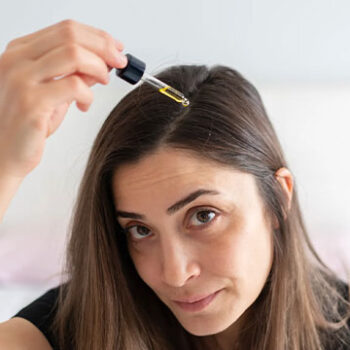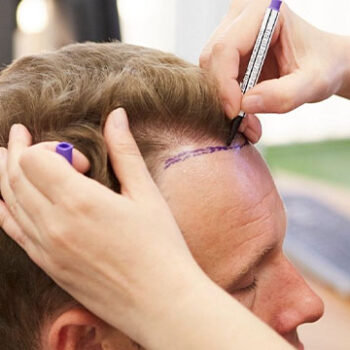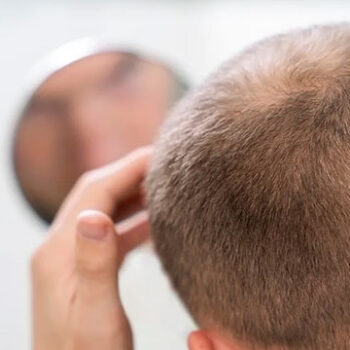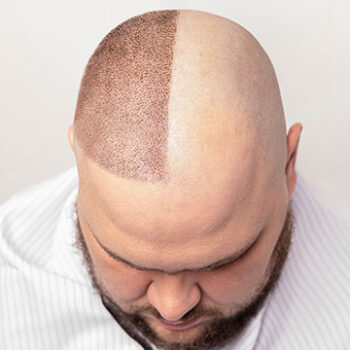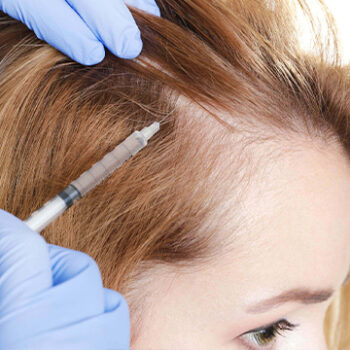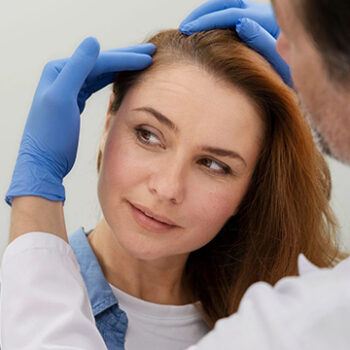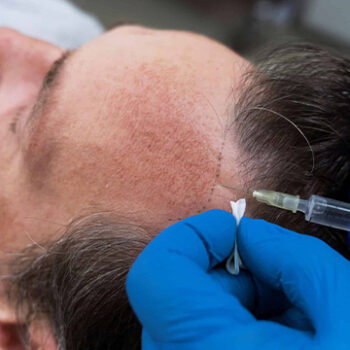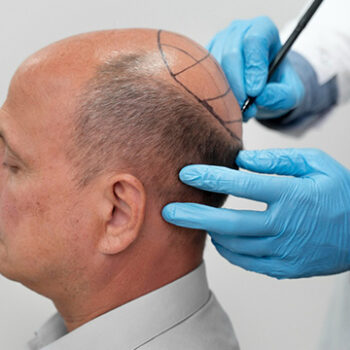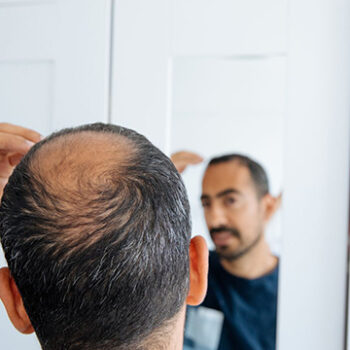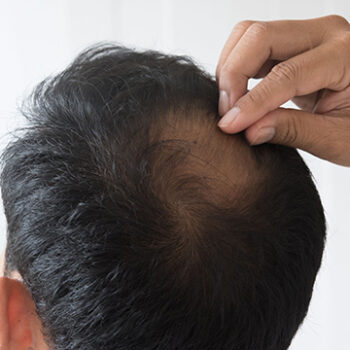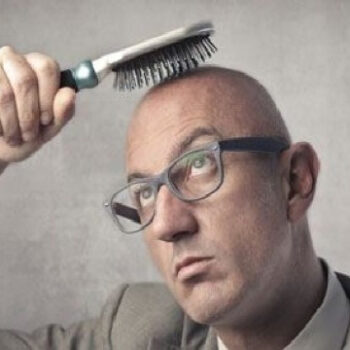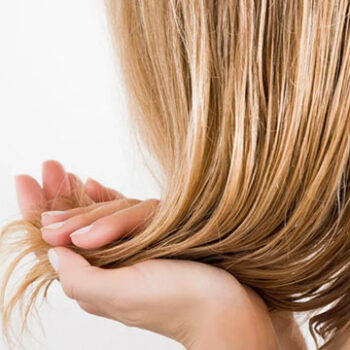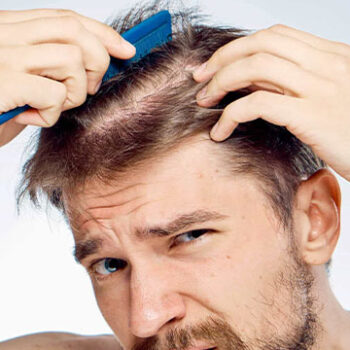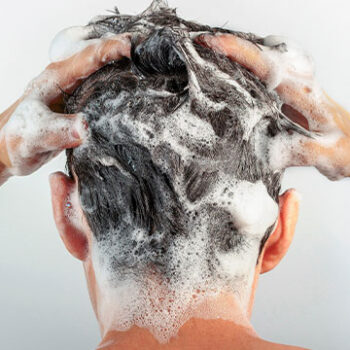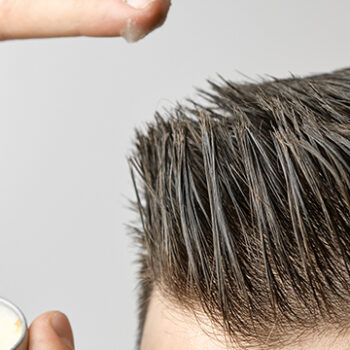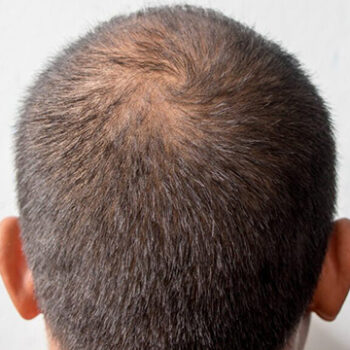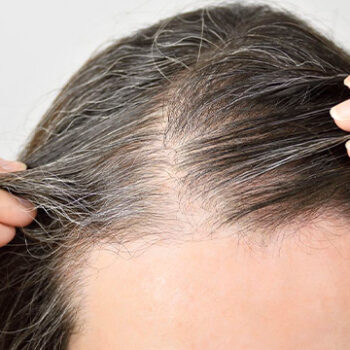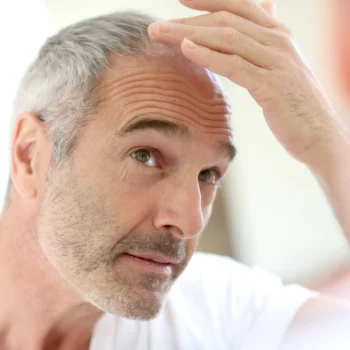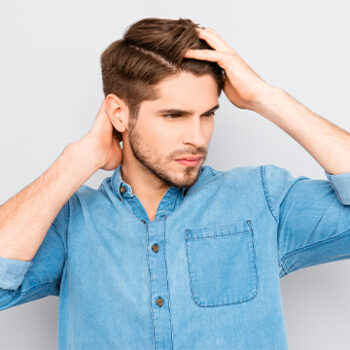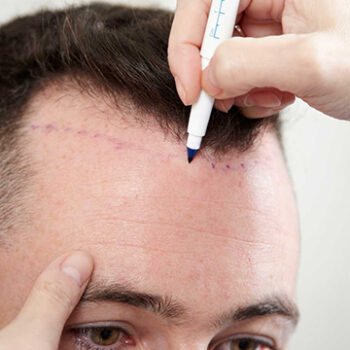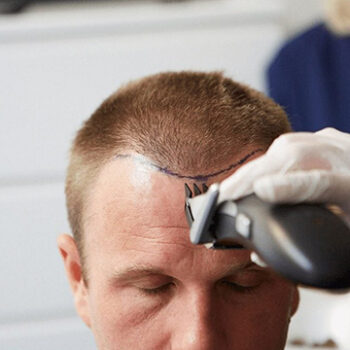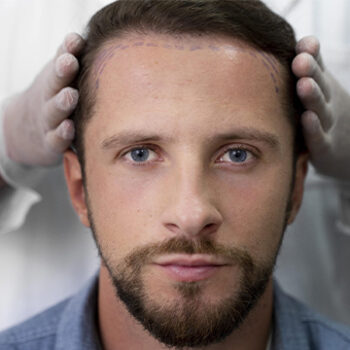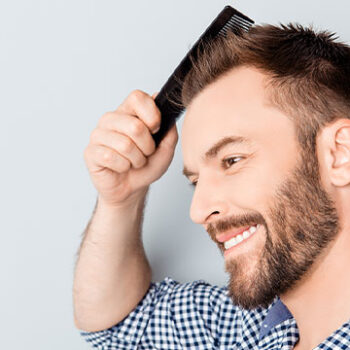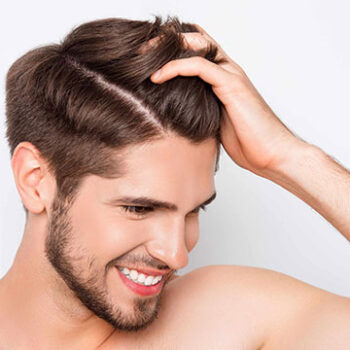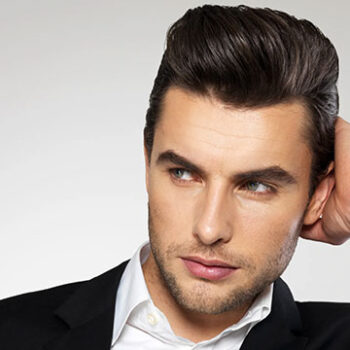What is Sweating After Hair Transplantation?
Sweating after hair transplantation refers to the production of sweat in the transplanted area during the recovery phase. Since the scalp is healing, excessive sweating can pose challenges to the healing process. Physical activities, stress, hot weather, or sauna use may increase sweating, which could interfere with the proper development of hair follicles and prolong the recovery period.
It is important to manage and minimize sweating to ensure that the transplanted grafts remain healthy and secure. With proper post-transplant care, patients can prevent potential risks associated with excessive sweating and promote optimal healing.
The Dangers of Sweating After Hair Transplantation
While mild sweating is not usually a cause for concern, excessive sweating can pose several risks to the newly transplanted grafts. Below are some of the dangers:
- Risk of Infection
Sweat creates a moist environment on the scalp, which can attract bacteria and increase the risk of infection. The transplanted area is particularly vulnerable during the early stages of recovery, and infections can delay healing. - Loosening of Grafts
Excessive moisture and sweating can cause the grafts to loosen from their place. This is most critical in the first two weeks post-transplant when the follicles are still integrating into the scalp. - Delayed Healing
Sweating can interfere with the formation of scabs, which are essential for healing. Prolonged moisture on the scalp may slow down the recovery process, making it harder for the transplanted hair to take root properly.
Sweating can also cause itching, which might tempt patients to touch or scratch the transplanted area. Scratching can dislodge grafts or cause micro-tears on the healing scalp, potentially compromising the results.
Measures to Reduce Sweating After Hair Transplantation
To prevent complications caused by sweating, patients can take the following precautions:
- Avoid Intense Physical Activity
During the first two weeks, it is crucial to avoid heavy exercises such as running, weightlifting, or any other activity that might trigger excessive sweating. Light walks may be allowed based on your doctor’s advice. - Stay in Cool Environments
Keeping the scalp cool reduces sweating. Avoid hot environments such as saunas, steam rooms, or exposure to direct sunlight. If the weather is hot, stay indoors and use fans or air conditioning to maintain a comfortable temperature. - Use Loose-Fitting Clothing and Hats
Wearing loose-fitting clothing and breathable hats made from natural materials like cotton can help reduce sweat buildup. Avoid tight hats that can trap heat and moisture around the scalp. - Manage Stress Levels
Stress can trigger sweating, even in calm environments. Patients should practice relaxation techniques such as breathing exercises or meditation to manage stress levels during the recovery phase. - Keep the Scalp Clean
Proper scalp hygiene is essential to prevent infections. Follow your surgeon’s instructions on washing the scalp, and ensure the area remains dry after cleaning. Avoid rubbing or scrubbing the transplanted area. - Apply Cooling Products if Recommended
In some cases, doctors may recommend using cooling sprays or soothing gels designed for post-transplant care. These products can help reduce discomfort and minimize sweating.
Sweating after hair transplantation is a common issue, but managing it effectively is essential for a successful recovery. By taking the right precautions, such as avoiding strenuous activities, maintaining scalp hygiene, and staying in cool environments, patients can protect their transplanted grafts and promote healthy hair growth. Always follow your surgeon’s recommendations to ensure optimal healing and long-lasting results.

 English
English Français
Français Deutsch
Deutsch Türkçe
Türkçe 中國人
中國人

